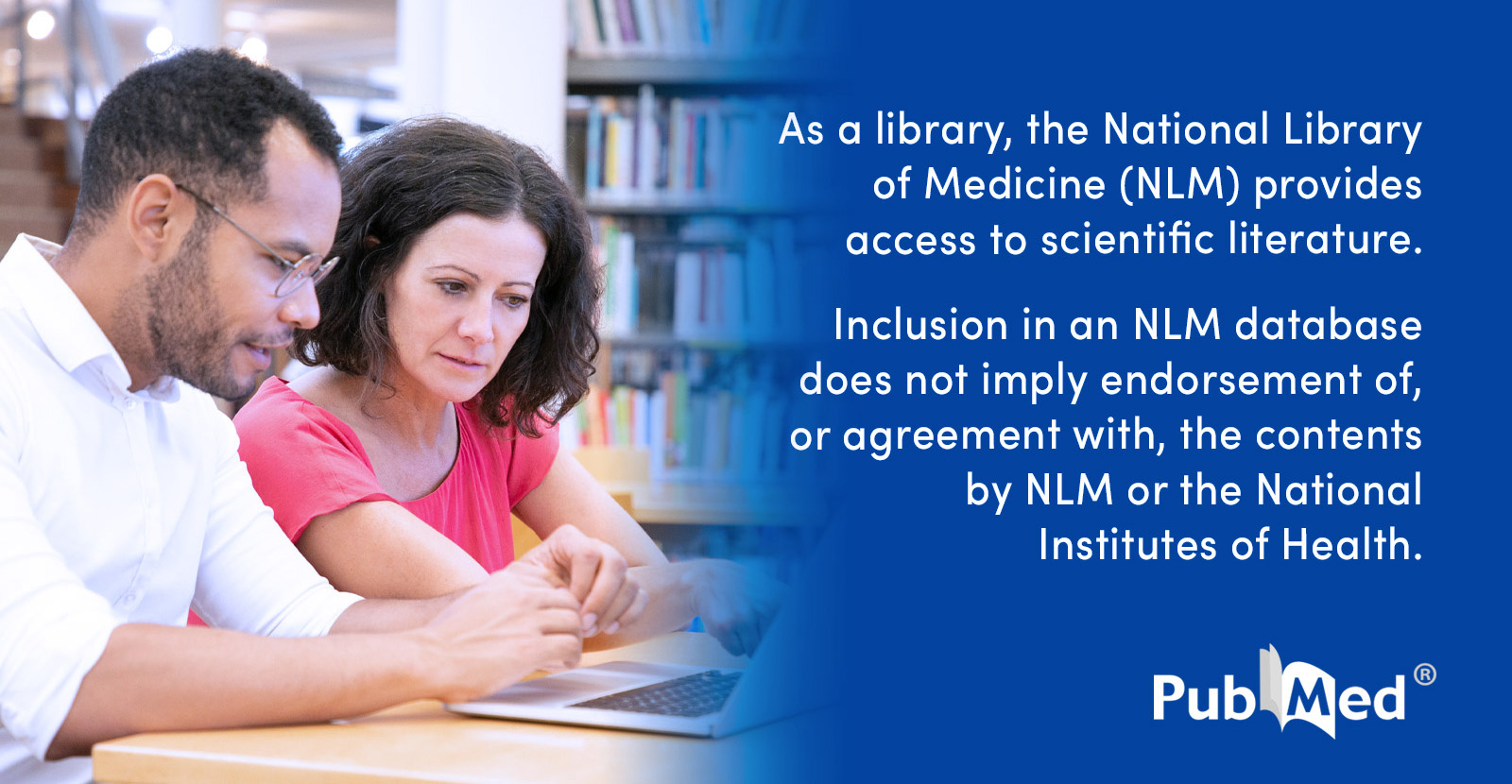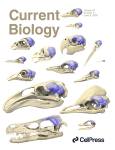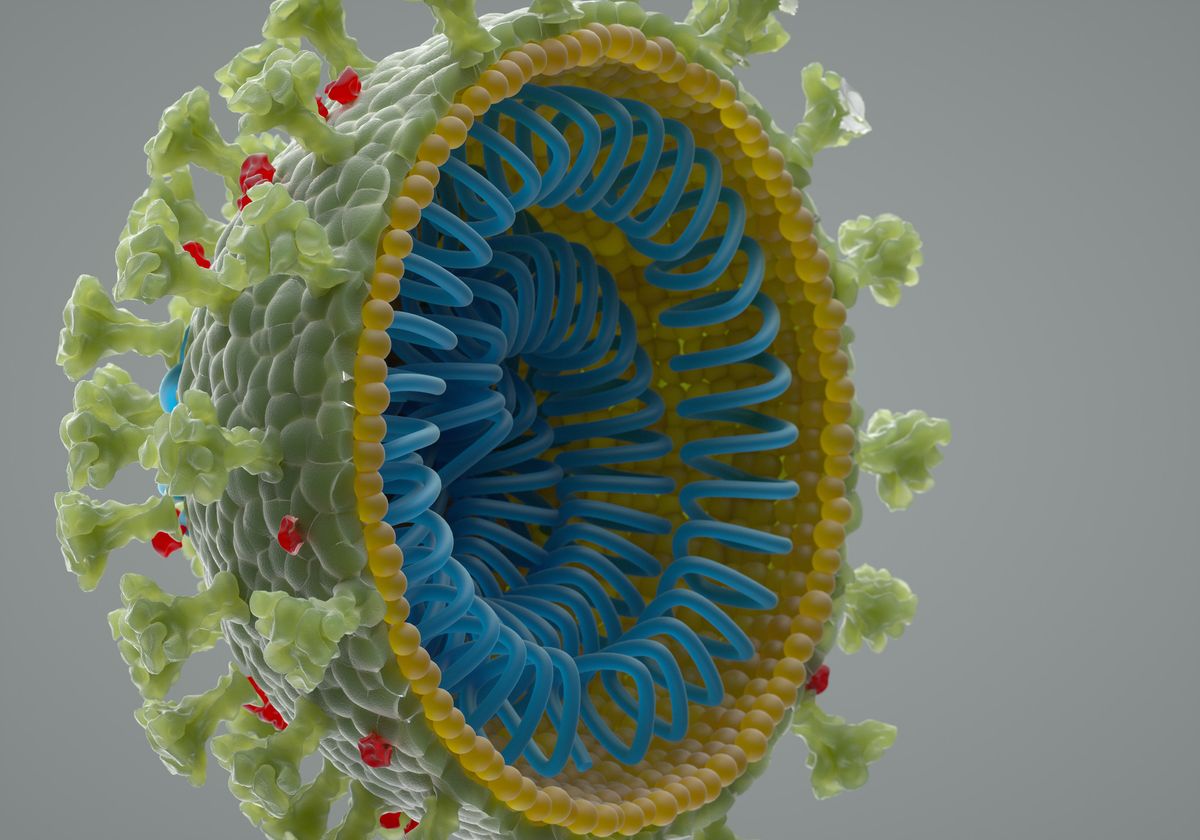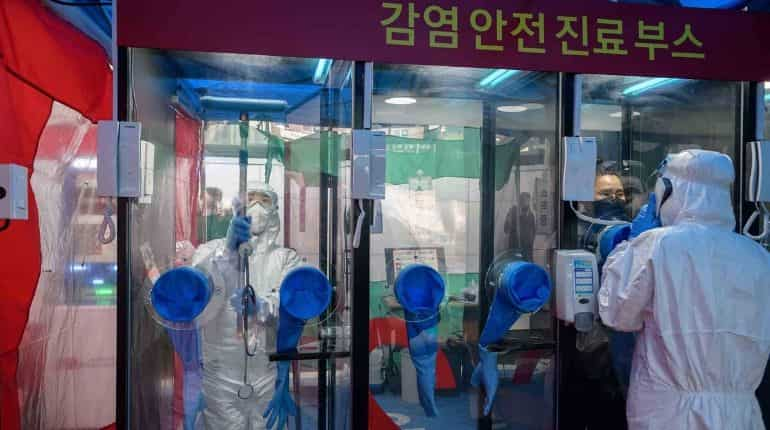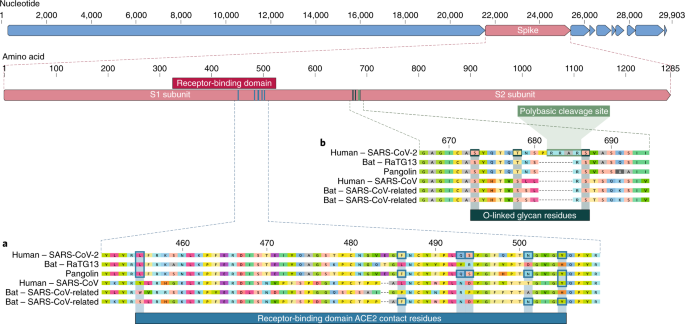There is a marked difference between a University trained expert microbiologist and a person who dabbles in applied science. Look at the big picture. The POTUS has said publicly, that the virus was "artificially induced.." This was an indirect callout to Mr. Xi, informally notifying him and the PRC that the US had a handle on the origin of the current Covid-2 virus. The US is moving its business towards others and moving away from the PRC. The virus is the straw that broke the camel's back. The case is not "complicated." Again, once the smoke clears, the world will witness what transpired and has been transpiring at Harvard. Keep in mind, that Lt. Yanqing Ye of the PRC was charged with "conspiracy", not by "theorists", but by the FBI. We still opine that CoVid-19 had a reasonable possiblity of having been synthesized in Boston, "nkautz1". These arrests were not made in "haste." The Harvard lab had been under surveillance for a long time before the (3) arrest warrants were issued. Intelligence Officers do not try to find cancer cures. They conduct other business. As a majority of one, my vote is that the noted virus was synthetically formatted and produced.
Allright , now you've left yourself a margin for error , I presume? As that would be a responsible move considering neither of us has first hand witness of any of this. Surely you've left a few eggs outside of the basket, just in case new evidence comes to light that contradicts your convictions. Or will that be considered disinformation even if it comes through the same sources that provided you with your established position?
1 of the 2 Chinese arrested is Mr. Zheng , not a member of the PRC and not from Harvard:
Inside his checked luggage, wrapped in a plastic bag and then inserted into a sock, the officers found what they were looking for: 21 vials of brown liquid — cancer cells — that the authorities say Mr. Zheng, 29, a cancer researcher, took from a laboratory at Beth Israel Deaconess Medical Center.
Under questioning, court documents say, Mr. Zheng acknowledged that he had stolen eight of the samples and had replicated 11 more based on a colleague’s research. When he returned to China, he said, he would take the samples to Sun Yat-sen Memorial Hospital and turbocharge his career by publishing the results in China, under his own name.
The other is Yanqing Ye: According to court documents, on April 20, 2019, federal officers interviewed Ye at Boston’s Logan International Airport. During the interview, it is alleged that Ye falsely claimed that she had minimal contact with two NUDT professors who were high-ranking PLA officers. However, a search of Ye’s electronic devices demonstrated that at the direction of one NUDT professor, who was a PLA Colonel, Ye had accessed U.S. military websites, researched U.S. military projects and compiled information for the PLA on two U.S. scientists with expertise in robotics and computer science. Furthermore, a review of a WeChat conversation revealed that Ye and the other PLA official from NUDT were collaborating on a research paper about a risk assessment model designed to decipher data for military applications. During the interview, Ye admitted that she held the rank of Lieutenant in the PLA and admitted she was a member of the CCP.
Last edited:

